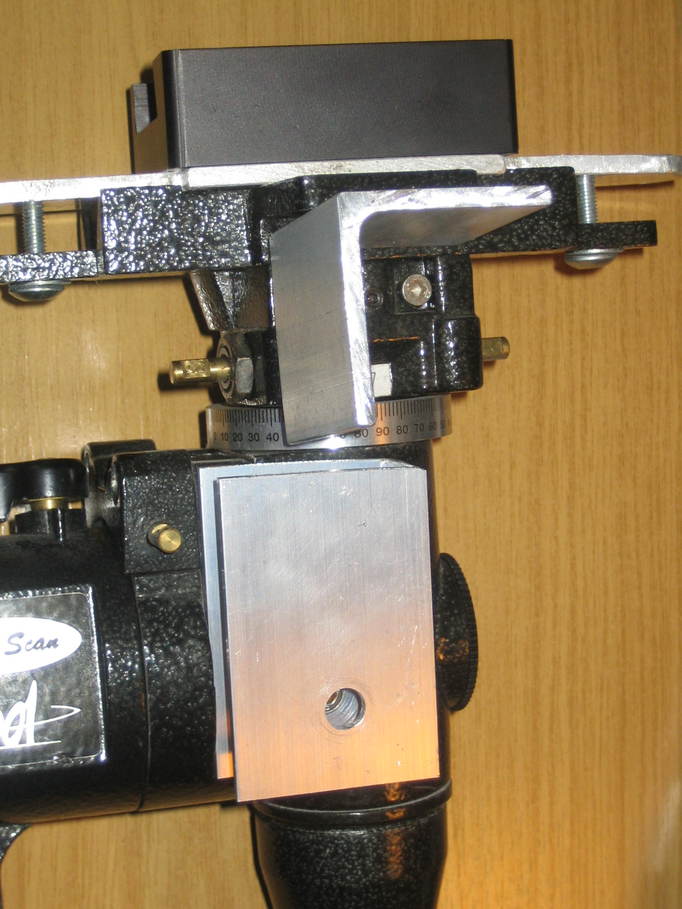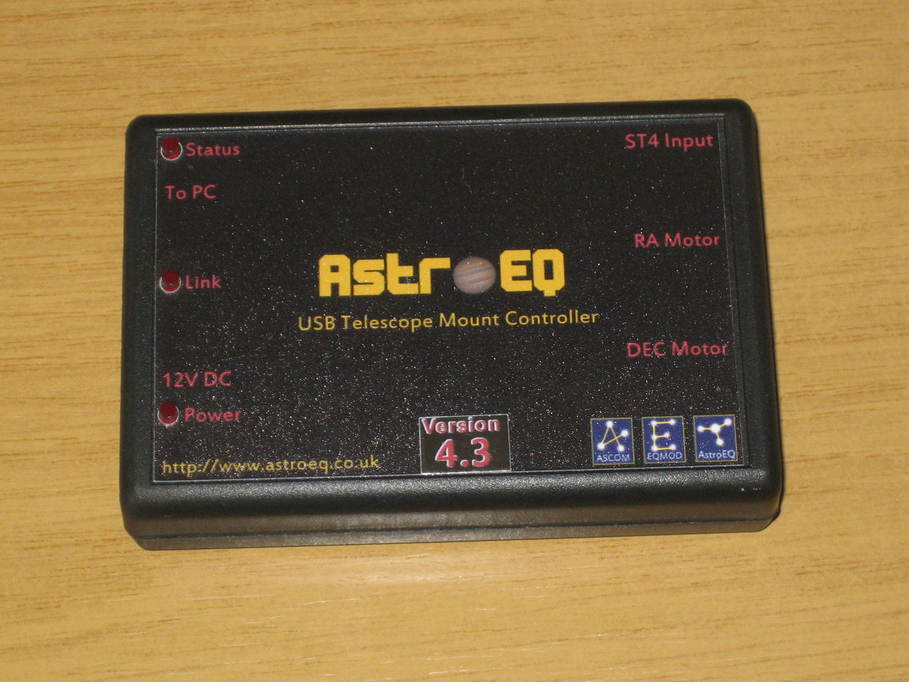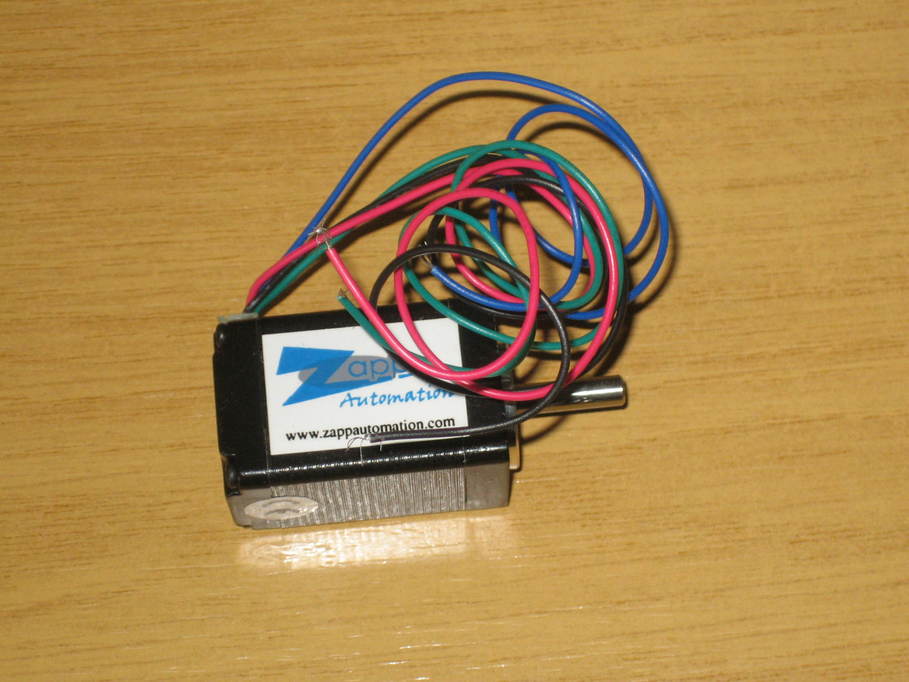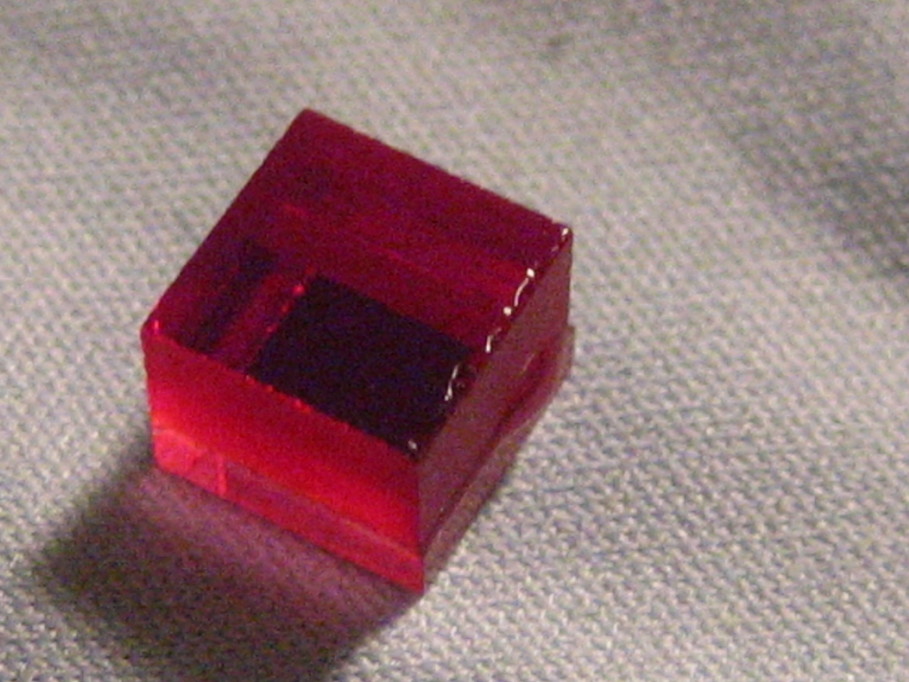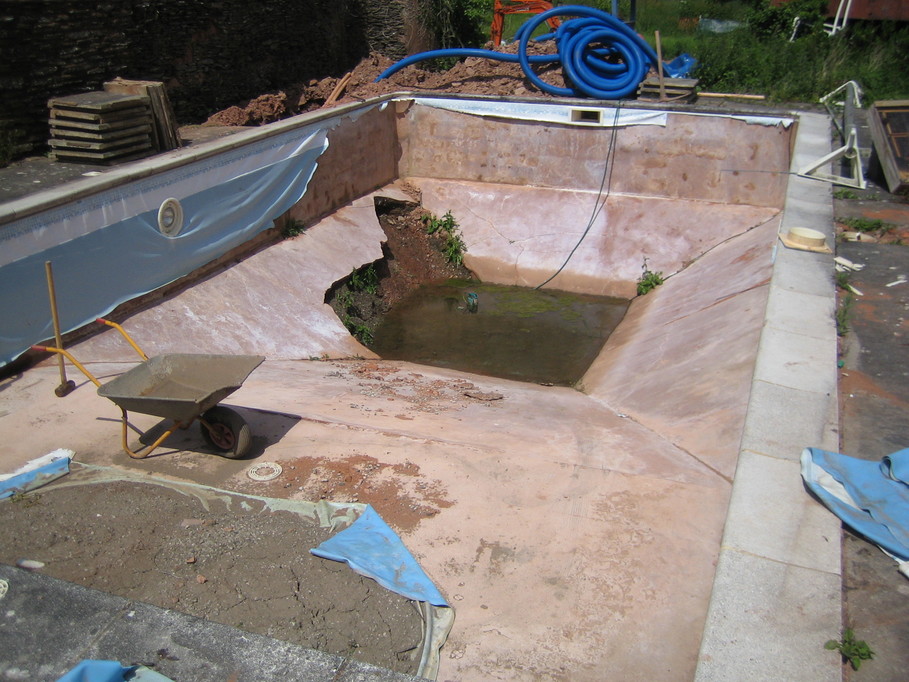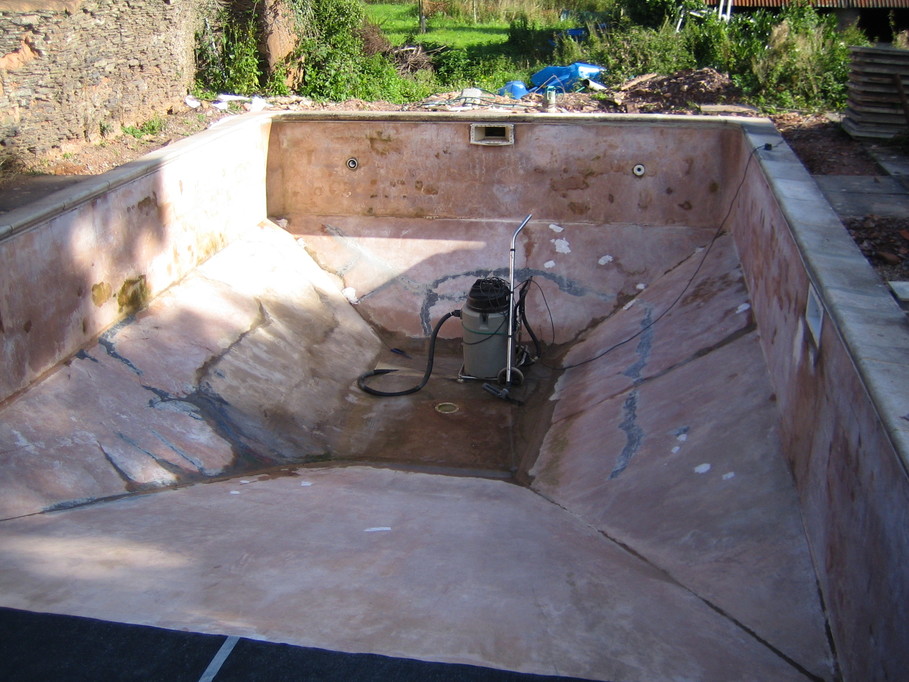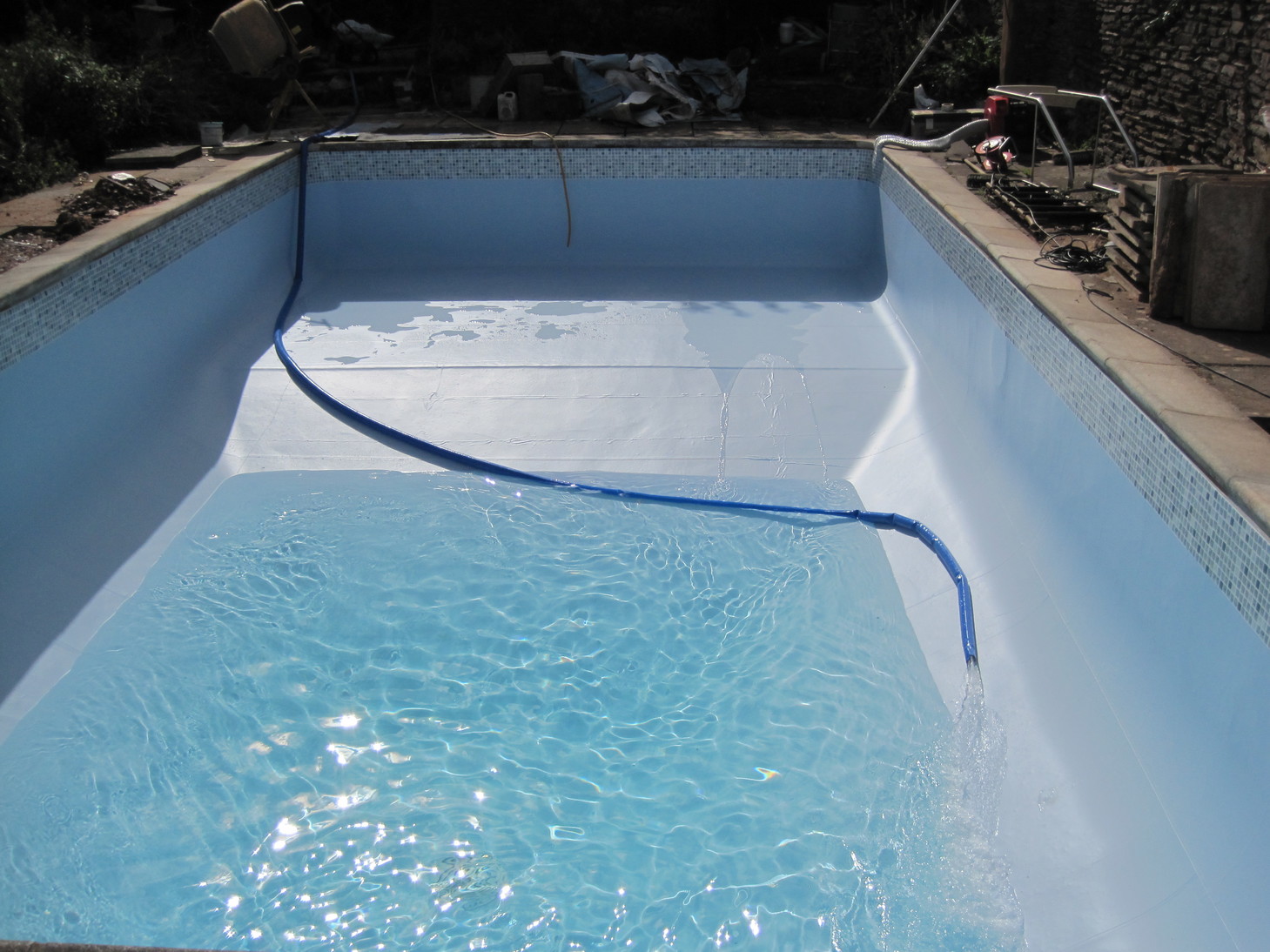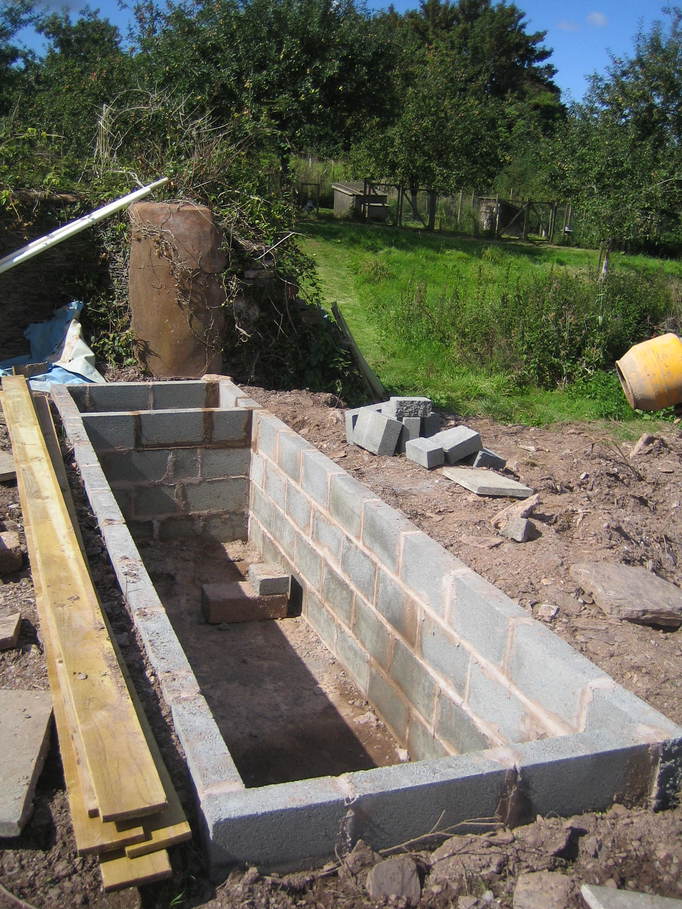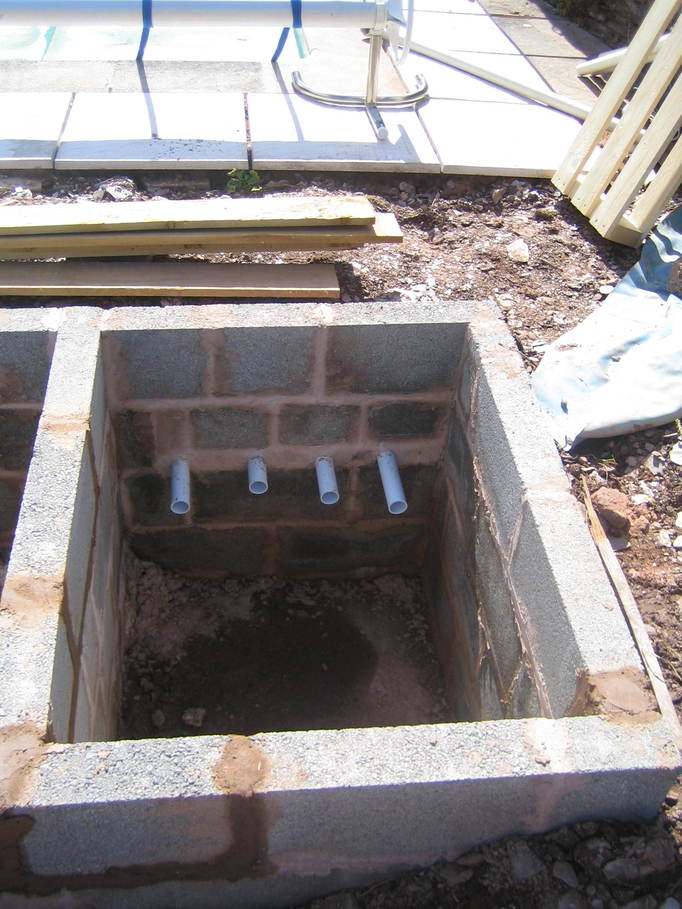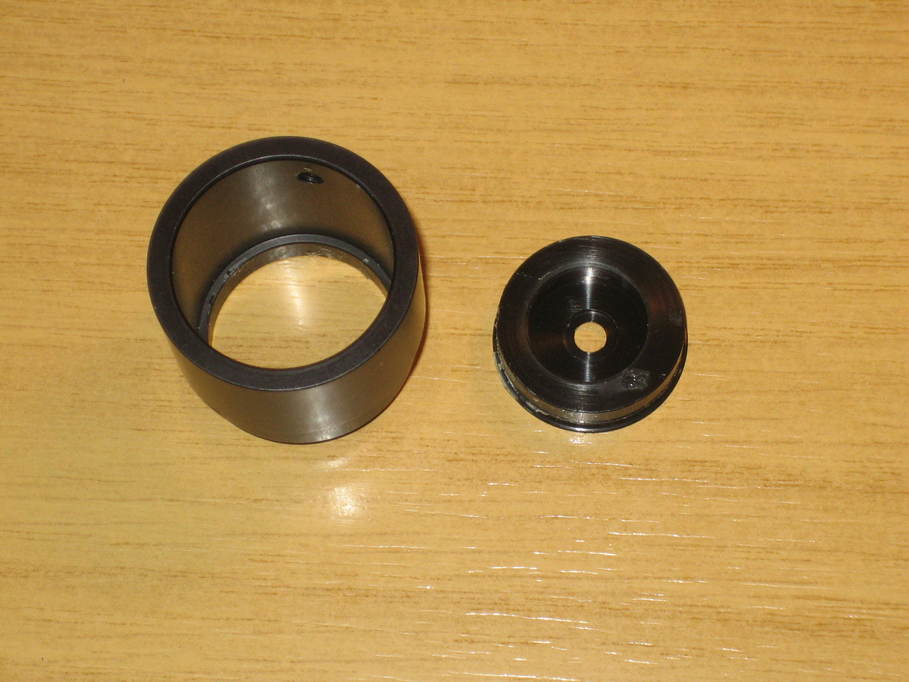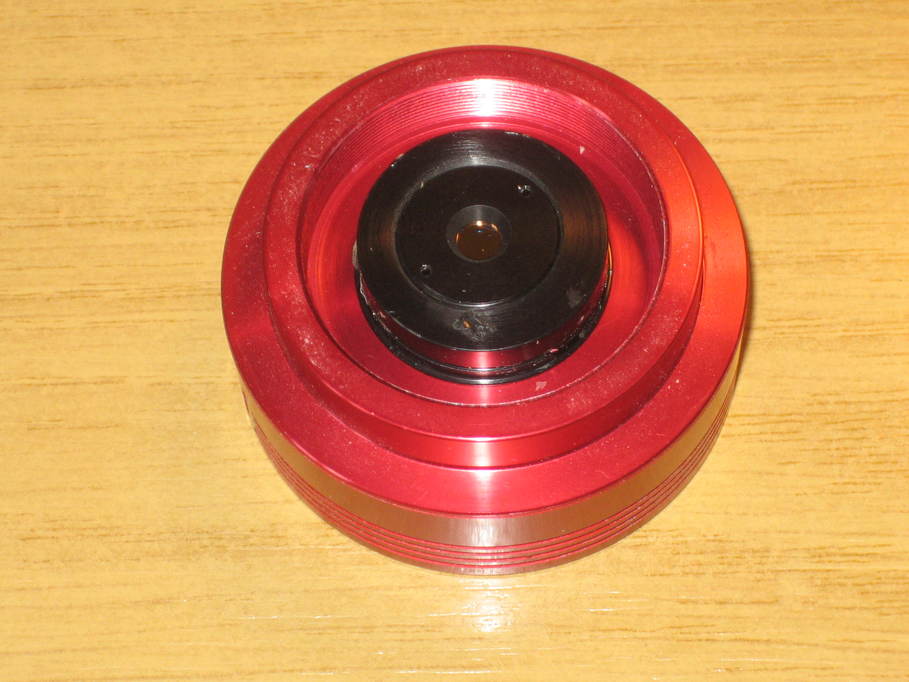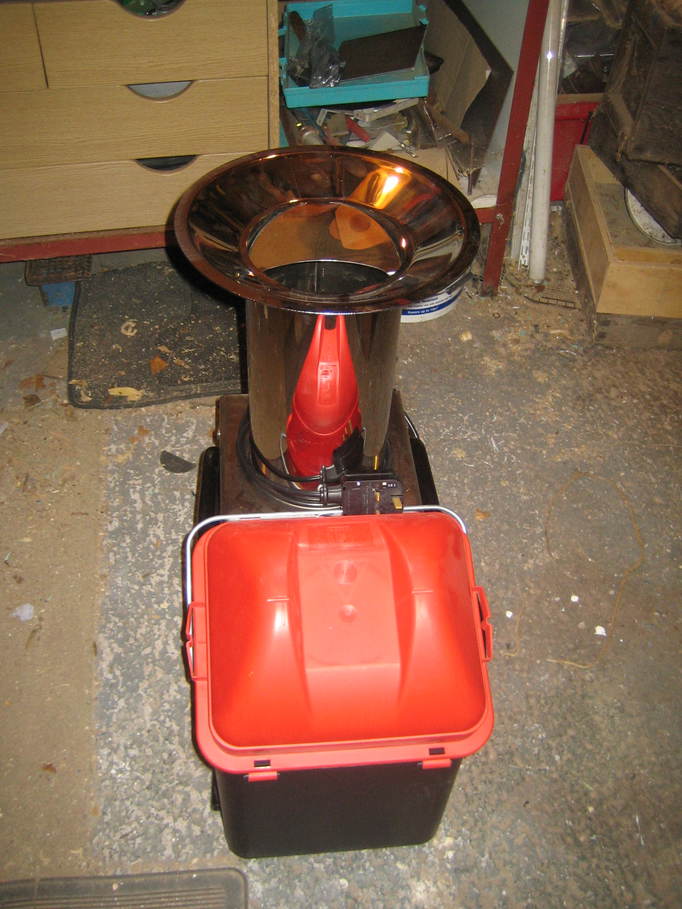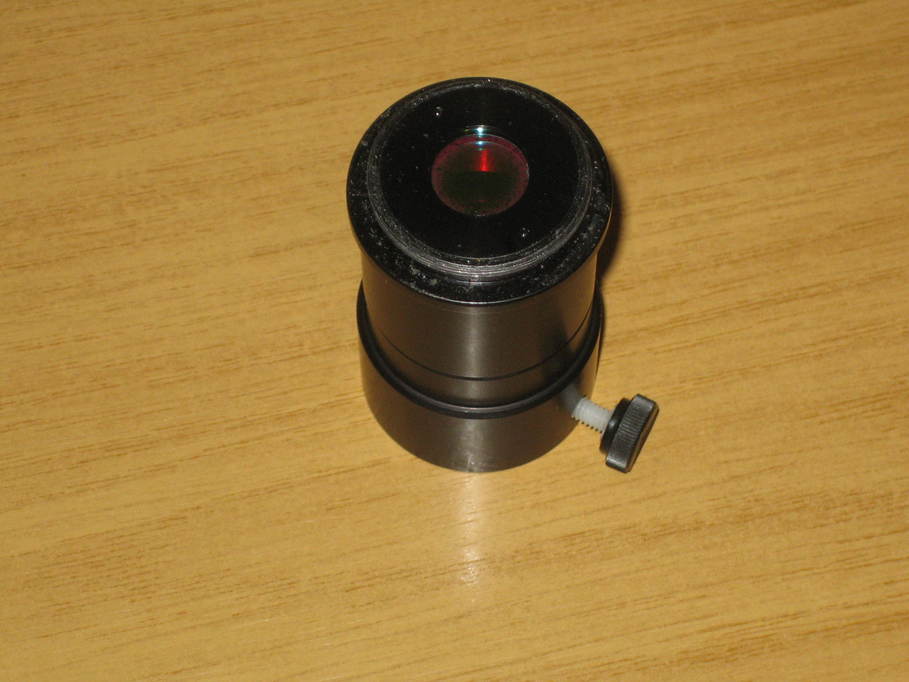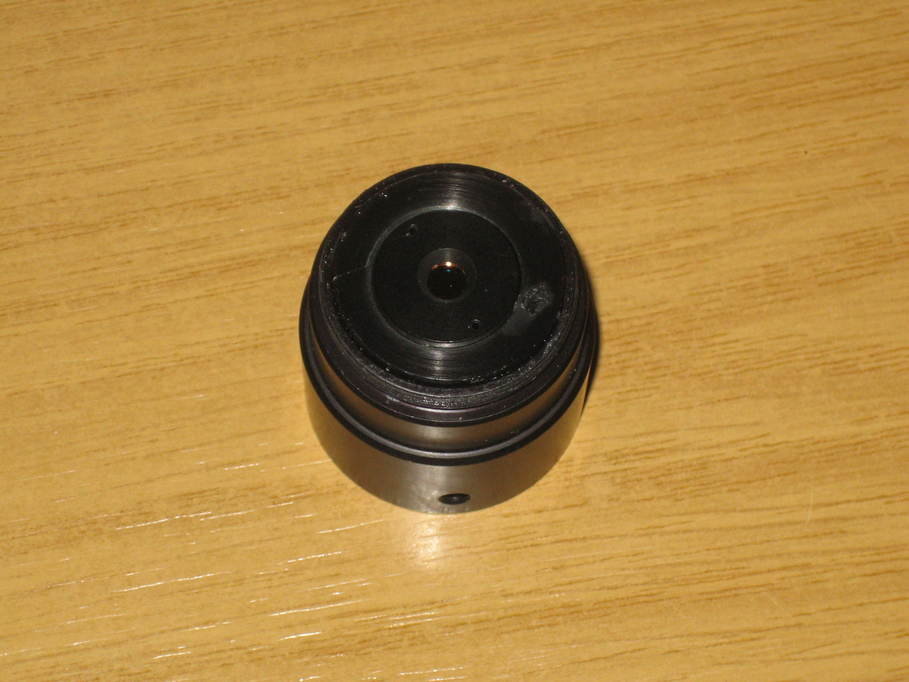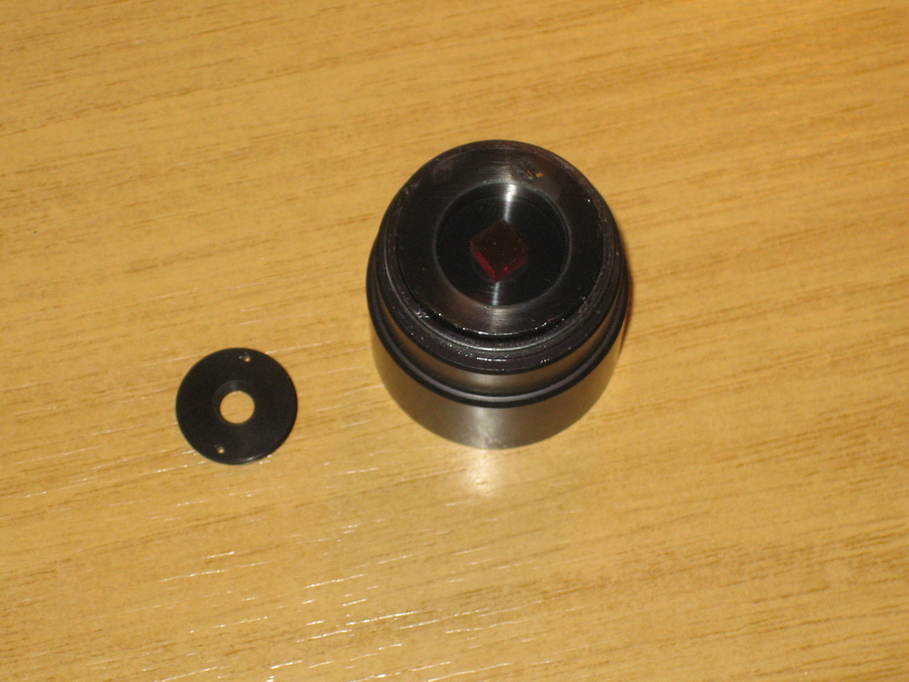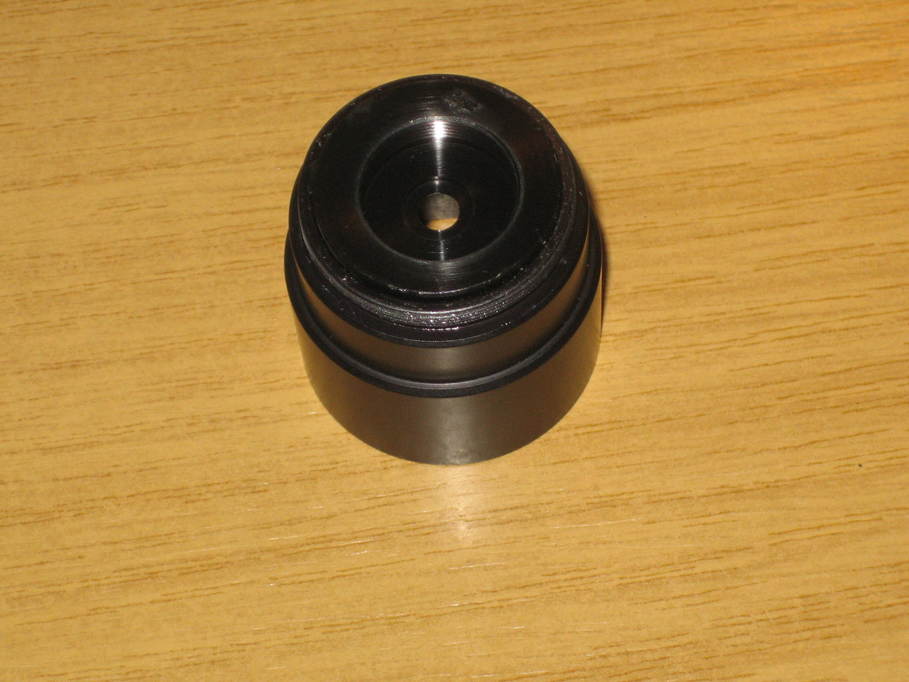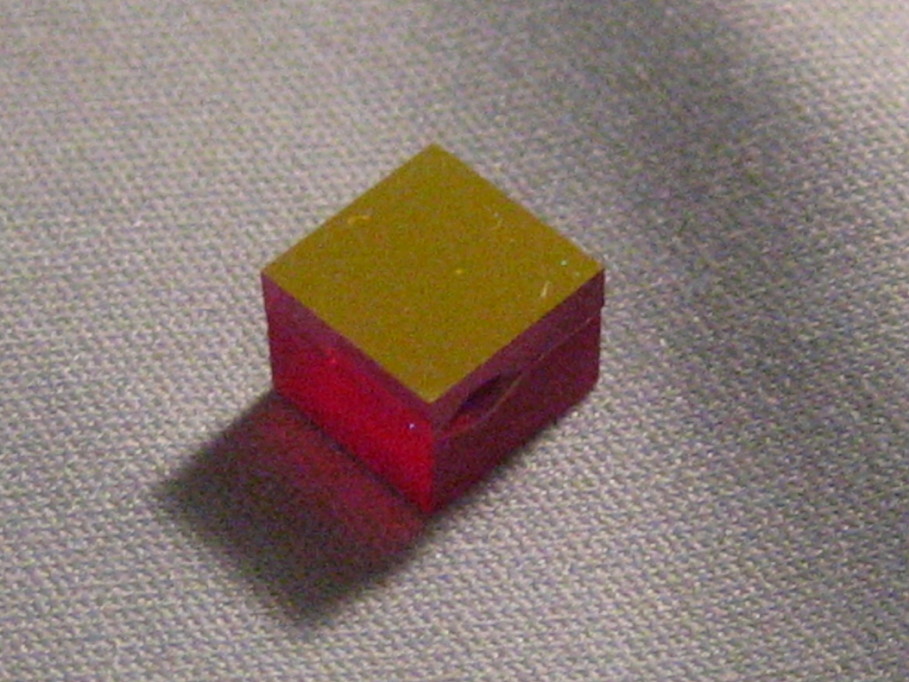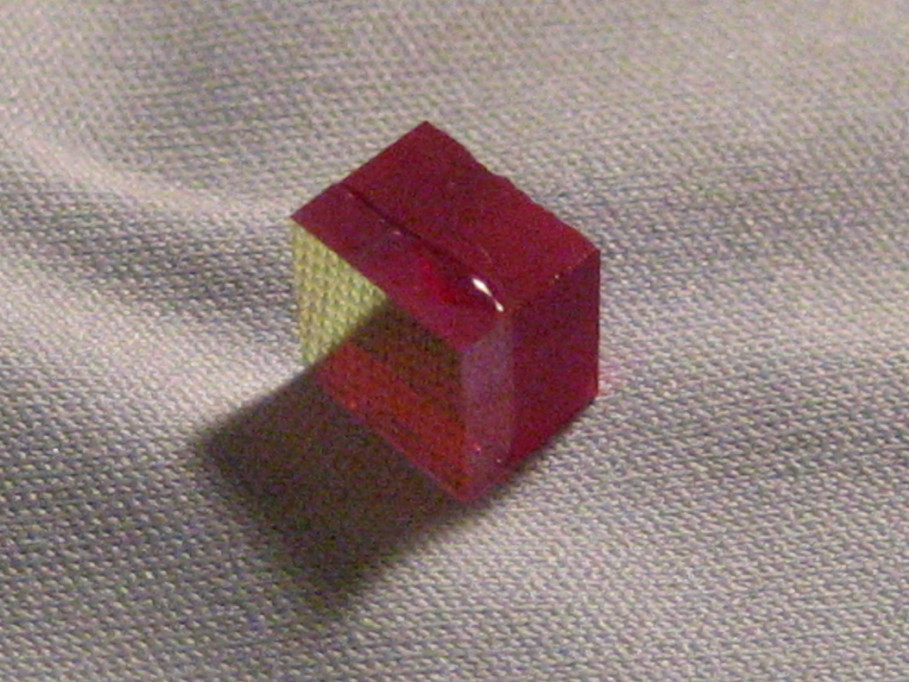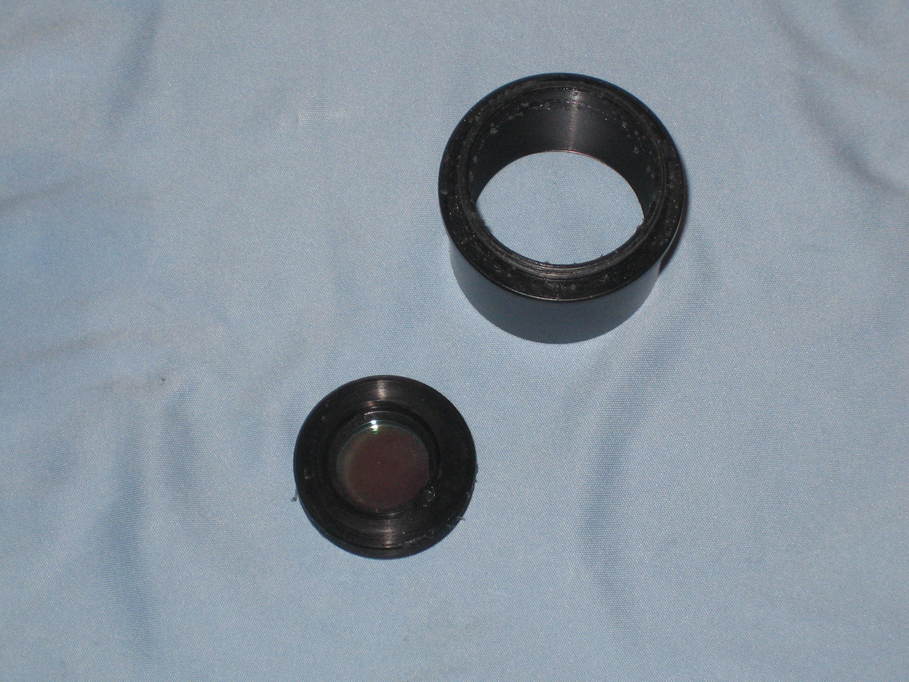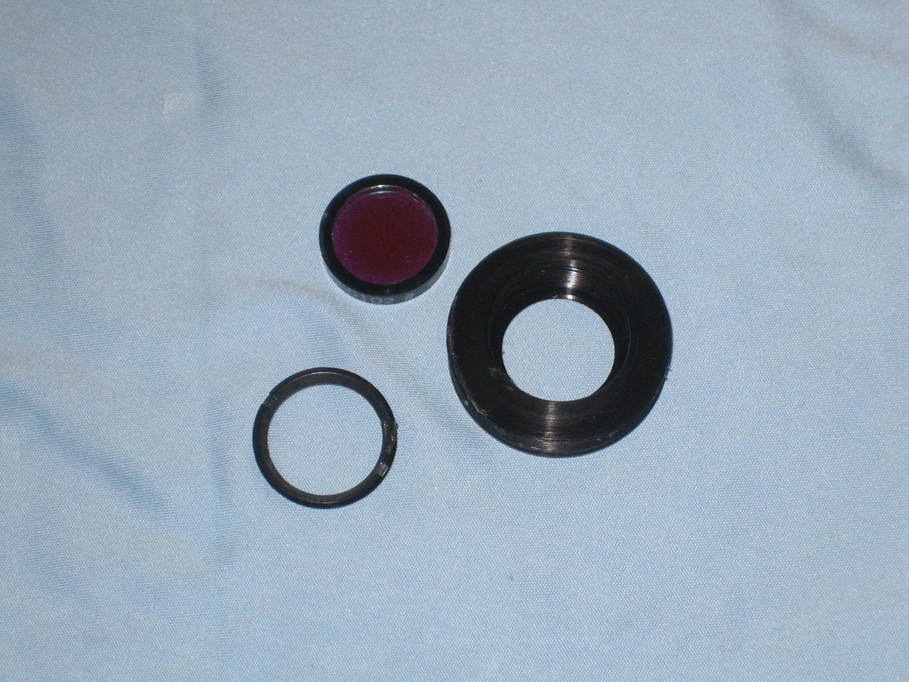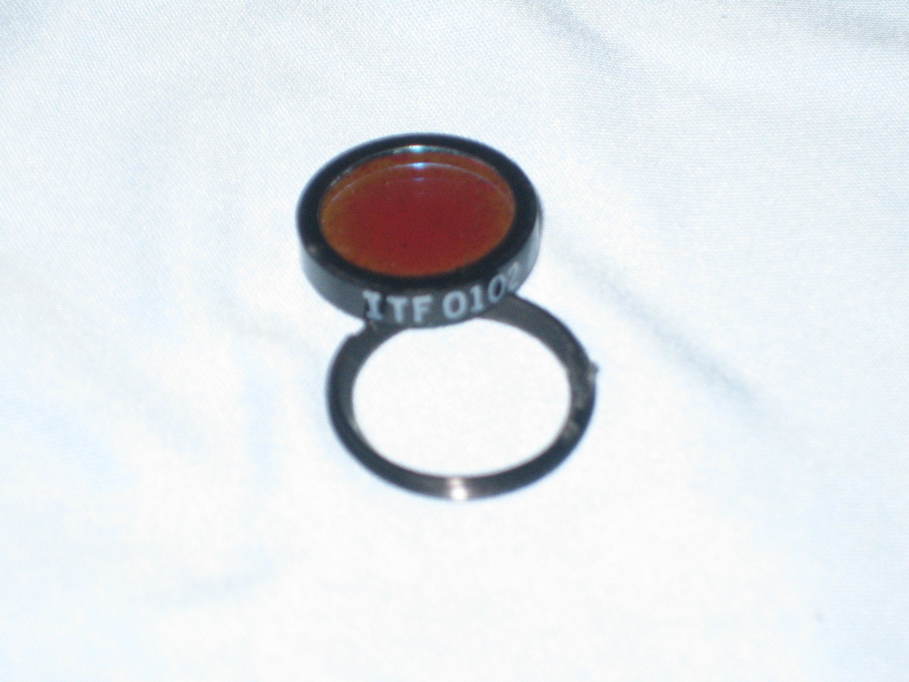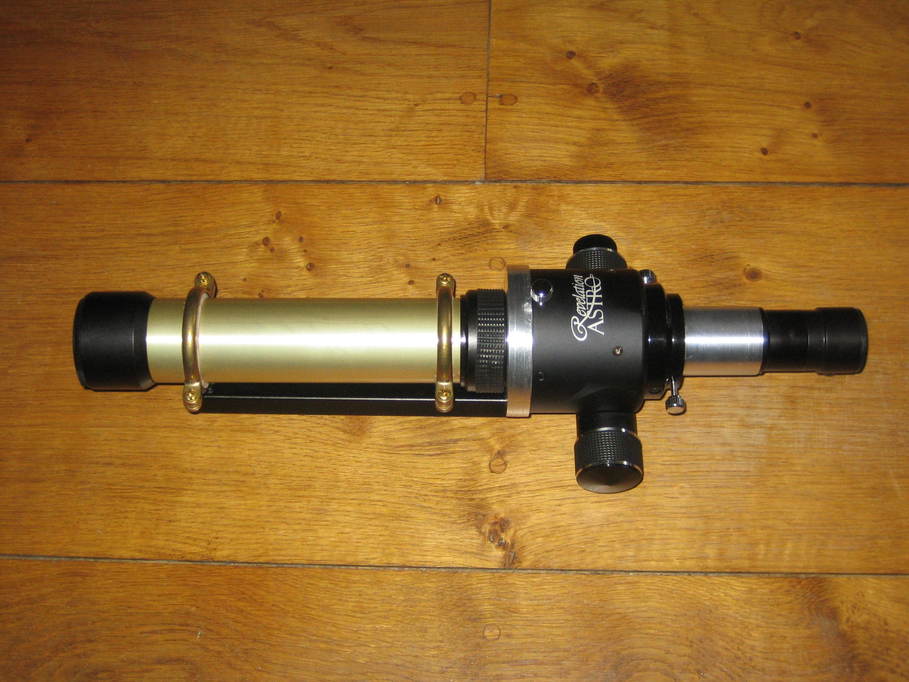I ordered some aluminium channel (1″x2″x1/8″) to make up the RA motor mount which arrived yesterday. I chose this size because there’s only one mounting hole for each of the normal aftermarket motors on the EQ3-2 and this would give me a reasonable spacing between the pulleys whilst allowing one edge to be flush with the back edge of the RA gear housing so that even with just one bolt holding it in place the mount won’t turn. I cut the metal to fit and drilled a hole to take the bolt in the back, matching up with a larger access hole in the front.
The DEC motor mount is a piece of 2″x2″x3/16″ aluminium angle that I found lying about in the workshop. That I cut so it could use the existing motor mounting lug, but again fit flush against the mount body to prevent it turning. I’ve not drilled it to fit yet however, as I want to see how the pulleys will line up first. Once I know where everything is going to fit I might well cut it down so it isn’t quite as bulky. Here you can see the RA mount in place with the DEC just resting where it will eventually go:
With the RA mount in place I could work out what sort of spacing I’d have for the pulleys and therefore what sizes I could use. I’m going to use MXL belts and was tempted to go for a 12 tooth pulley driving a 48 tooth to give a nice round 4:1 reduction, but the 12 tooth pulley would need drilling out a little to fit the motor spindle. As doing so would leave very little meat on the pulley boss, I instead opted for a 16 tooth pulley and a 3:1 reduction ratio. With a 75 tooth belt that gives me 42mm spacing between centres which works out nicely. I’ve ordered the belts and pulleys and will cut the holes for the motors once they arrive and I can check exact spacings.
I’m thinking that I might need to cut away some of the back face of the channel for the RA motor mount to give a bit more room for the pulleys and belt, but I’ll see how things work out once they arrive.

